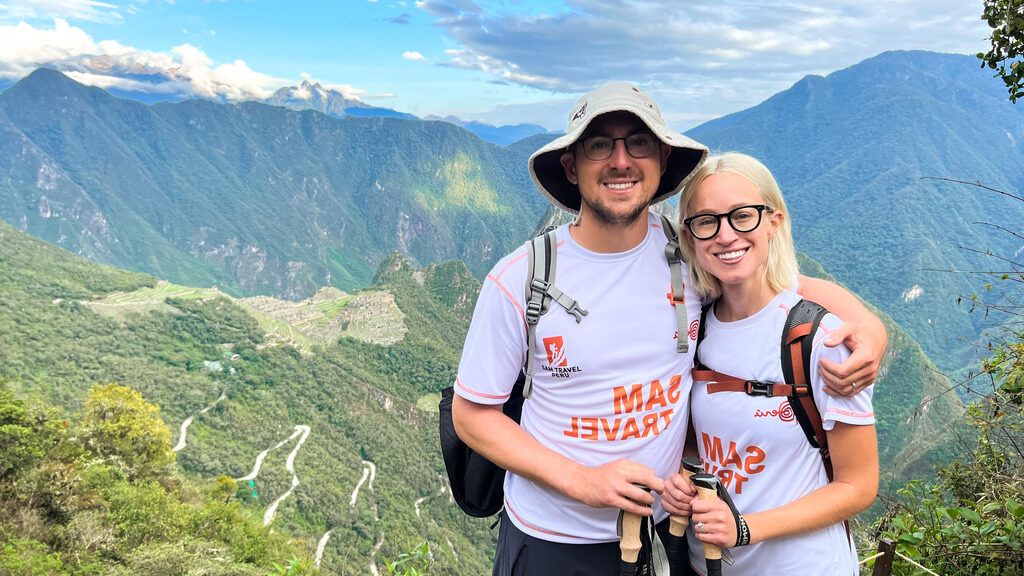
First Trip to Peru
Going to Machu Picchu was on my bucket list for a long time. Ironically, before my first trip to Peru, I knew almost nothing about the country. Once I started researching, I quickly learned Peru has a lot more to offer than their majestic mountains and ancient Incan ruins. Peru has a very diverse landscape: from coastline, to desert, to mountains, to rainforest.
The Amazon rainforest actually covers almost two-thirds of the country. Unfortunately, our two-week trip did not allow us the time to visit the Amazon. If you are interested in this, there are some really cool boat tours you can take to Amazonian tribal villages. For all the birders out there, this could be a chance to see the iconic macaws. To visit the amazon from the south of Peru the gateway city is Puerto Maldonado. The gateway city from the north is Iquitos.
Lima
Central Lima
Flying in on your first trip to Peru, you will most likely be starting in Lima, the capital city. Lima is worth checking out for a few days. Central Lima has many historic and government buildings. To start, as we do in many cities, we did a free walking tour; please note that “free” still means to tip at the end. Later we visited the San Francisco Convent and Catacombs Museum; which has a required guided tour that you join after you pay your entrance fee. A big highlight for me was indulging in a churro from Churros San Francisco, a small bakery nearby. We stumbled upon it after seeing a long line outside the storefront. The churro comes hot and is the best churro I have EVER had – make sure to ask for it “con azucar”. Another, must visit place in central lima is the Gran Hotel Bolivar. Drink their iconic pisco sour here – the national drink of Peru.
Miraflores, Lima
A popular district for tourists in Lima is Miraflores. The area felt modern and fresh. A fun fast food restaurant, with multiple locations, is La Lucha Sangucheria. Most of the sandwiches contain meat, but it’s easy to ask for one without. After lunch we strolled through Parque John F. Kennedy, a lovely park where there are numerous stray cats. People leave out food and water to take care of the cats and it has become quite a sanctuary.
One of the most spectacular parts of Miraflores is the coastline cliffs, where you can see paragliders taking off. I highly recommend strolling along El Malecon, a cliff top walkway. Along the way make sure to pass El Beso sculpture in Parque de Amor. Beso Frances is a creperie along the walkway. If you have extra time in Miraflores a popular tourist site is the Museo de Sitio Pucllana, where archeologists are in the process of uncovering historic ruins that date back to pre-Incan times.
Barranco, Lima
The third district to visit in Lima is Barranco. It is full of murals and art extruding hippie and bohemian vibes. I could get lost in the coffee shops and art galleries for hours. A popular tourist attraction is the Puente de los Suspiros (Bridge of Sighs).
Peru Hop
If you are interested in seeing additional Peruvian cities on your way from Lima to Machu Picchu (located outside the city of Cusco) a convenient way is with Peru Hop. This bus offers flexible travel between Lima and Cusco, stopping at multiple cities along the way. With a little more travel time Peru Hop would have been a great option! There is not a train that goes from Lima to Cusco and it is a very long bus ride. There are a lot of flight time options with LATAM airlines so if you plan to go directly between Lima and Cusco I recommend flying.
Arequipa
The second largest city in Peru is Arequipa, our second stop on our first trip to Peru. We took a flight from Lima to Arequipa. In Arequipa we took another free walking tour. You must see the Monasterio de Santa Catalina. I also enjoyed Mundo Alpaca; I mean who doesn’t love alpacas! We held some baby alpacas in the street (definite tourist trap) and my heart melted from their cuteness. With extra time I would have visited the Museo de la Catedral and the Museo Arqueologico de la Universidad Catolica de Santa Maria – to see the mummy Juanita.
A fabulous restaurant for food and drinks is Victoria. A drink you must have in Peru, that we drank at Victoria is chicha; a Peruvian drink made from purple corn. For sunset in Arequipa, go to a rooftop. We loved the views, drinks, and food at Sunset Rooftop Bar. It’s a small place so consider making a reservation.
Colca Canyon
The main day trip from Arequipa is to see the Andean condors fly at Colca Canyon, one of the world’s deepest canyons. I saw mixed reviews for Colca Canyon tours online, but I felt the early start time (3 AM) and long bus ride were worth it. Make sure you choose a tour company that arrives to see the condors by 8:30 AM. The birds are out flying during this time. If you arrive too late you will likely drive all the way out there only to miss the main event. That being said the views along the way are spectacular. There are also tours and trekking groups you can join if you are interested in trekking through the canyon. Instead of heading back to Arequipa, as many of the tour groups do, we booked a bus tour that took us from Arequipa to Colca Canyon to our next city, Puno.
Puno
Puno is located at 3,826 m (12,549 ft) above sea level. Since I was traveling from Denver, Colorado (5,280 ft above sea level) I did not think I would have an issue with the altitude, but I was wrong. I experienced some altitude sickness. I would suggest purchasing altitude sickness pills prior to traveling to Peru on your first trip to Peru. Drinking coca tea is also advised. This tea is found all over Peru.
Puno tourism is based off of Lake Titicaca, the largest lake in South America. We did a walking tour through the city, but my favorite part was the lake. I highly recommend staying in a hotel along the waterfront, despite then having to drive to downtown. On a side note, we had no issue getting Ubers in all the cities we went to in Peru. There are many boat tours available on Lake Titicaca. These tours typically go to the islands of Uros, Taquile, and Amantani.
The Uros Islands are floating islands. They are located closest, of the three islands previously mentioned, to the main dock downtown. a few families live on each island. Learning about their sustainable lifestyle and culture was my favorite part of going to Puno. Some tour reviews online mention it feeling like a tourist trap since the families sell artisan goods at the end of the visit, but the goods are not very expensive and it felt good to support the families. On our tour we also went to the island of Taquile for lunch. Other tours go to the furthest away island of Amantani. There are also tours that give you the opportunity to do a homestay overnight with a family on an island.
Peru Rail
A unique experience on our first trip to Peru was being aboard the PeruRail Titicaca train from Puno to Cusco. Another luxury option for this route is the Andean Explorer train. Crossing through diverse landscapes on this 10 hour train was so cool! Don’t worry about being bored either, there was food service, tea time, a fashion show, a band performance, and a pisco sour mixologist demonstration.
Cusco
Although not as high as Puno, Cusco is also at a high altitude, being 3,399 m (11,152 ft) above sea level. If you are traveling via plane from Lima to Cusco, make sure to spend a few days in Cusco acclimating to the elevation prior to trekking. In addition to coca tea and altitude sickness pills, in Cusco we purchased Aqua de Florida. It is a liquid you place on your hands, rub together, and inhale. I have no idea if it did anything, but if nothing else it was a placebo!
Cusco was the capital of the Incan Empire, but due to Spanish conquest, has more of a Spanish colonial feel. Although most people travel to Cusco to see Machu Picchu, do not sleep on the numerous other attractions in and nearby the city. We did a free walking tour in the city, but there are many museums and cute markets. Do not get tricked by shops selling baby alpaca, if it cheap it is not real.
Some top sites near Cusco I would have visited with extra time are: Pisac, Moray, Maras Salt Mines.
Rainbow Mountain
About 3 hours outside of Cusco is Rainbow Mountain, also known as Vinicunca. Look at some Instagram photos of this natural wonder and you will be planning a trip there on your first trip to Peru! Most tours start, as you may have guessed, very early in the morning. It was another rough 3 AM pick up time. The upside of an early morning start is beating the other tour groups and having more exclusive views.
The bus ride to the starting point of the trek is very windy and did make me anxious at some parts. You can choose to either trek up to Rainbow Mountain or ride a horse. We opted to trek to the 5036 m (16,522 ft) summit. On the way down we opted to ride a horse part of the way. Included in our tour was the option to visit Red Valley, which is right next to Rainbow Mountain. This valley is full of gorgeous red and green colors; it really should be called Christmas Valley. Make sure to choose a tour that includes this option.
Classic Inca Trail to Machu Picchu 4D/3N
There are many ways to visit Machu Picchu. Since it was our first trip to Peru, we opted for the Classic Inca Trail. The trek takes 4 days and 3 nights and is moderately difficult. To trek the Inca Trail you need to obtain a permit from a licensed tour company. Only 500 permits are available and sell out quickly especially during peak season, May to September. There are many tour operators, but Sam Travel Peru stood out due to their small group size. The maximum group size for Sam Travel Peru is 8 people. Our international diverse group of 7 became really close during the trek.
There are Incan ruins along the Inca Trail. Stopping at these sites gives you a look into Incan culture way before arrival at Machu Picchu. We had one guide, Miguel, and a lot of porters that trekked with us. The porters carried all our equipment; their strength is incredible! There was also a chef on the trek that cooked all our meals, including a vegetarian option for myself. We ate a lot of potatoes and quinoa since these are major crops grown in Peru. We slept in sleeping bags in tents, but it was quite cozy. A memorable experience was looking up one night at our campsite and feeling like I was in a star ‘snow globe’. We were in the middle of a valley, mountains all around, and so many bright stars above in the black sky.
Machu Picchu
Arriving at Machu Picchu on day four was a highlight of our first trip to Peru. We first saw the iconic site from afar after crossing the Sun Gate and as we walked closer it became more and more majestic. Trekking the Inca Trail gives you first access to some of the best views of Machu Picchu. One downside of the route we did was the limited tour of the actual grounds. There are different circuits you can take through Machu Picchu. Which circuit you take depends on what tour you book.
We decided to hike Waynapicchu after our tour of the Machu Picchu ruins. This must be arranged ahead of time by your tour company since you receive a specific time frame to start your trek. Waynapicchu Mountain is next to Machu Picchu Mountain and offers amazing views of the Incan ruins. The hike was more difficult than I had anticipated, especially after four days of trekking. There are sections with very steep inclines. At least the views were worth the struggle!
There are alternatives to the Classic Inca Trail. Some you could look into include the Salkantay Trek and Lares Trek. There is also a train (through Peru Rail and Inca Rail companies) that goes from Cusco to Aguas Calientes, a small town next to Machu Picchu. This provides a non-trekking option.
Overall, we enjoyed our time in Peru. There is a lot more to Peru than Machu Picchu and on your first trip to Peru I hope you get to check out some of the other highlights. Also, I hope this sparks your wanderlust to travel more in South America!
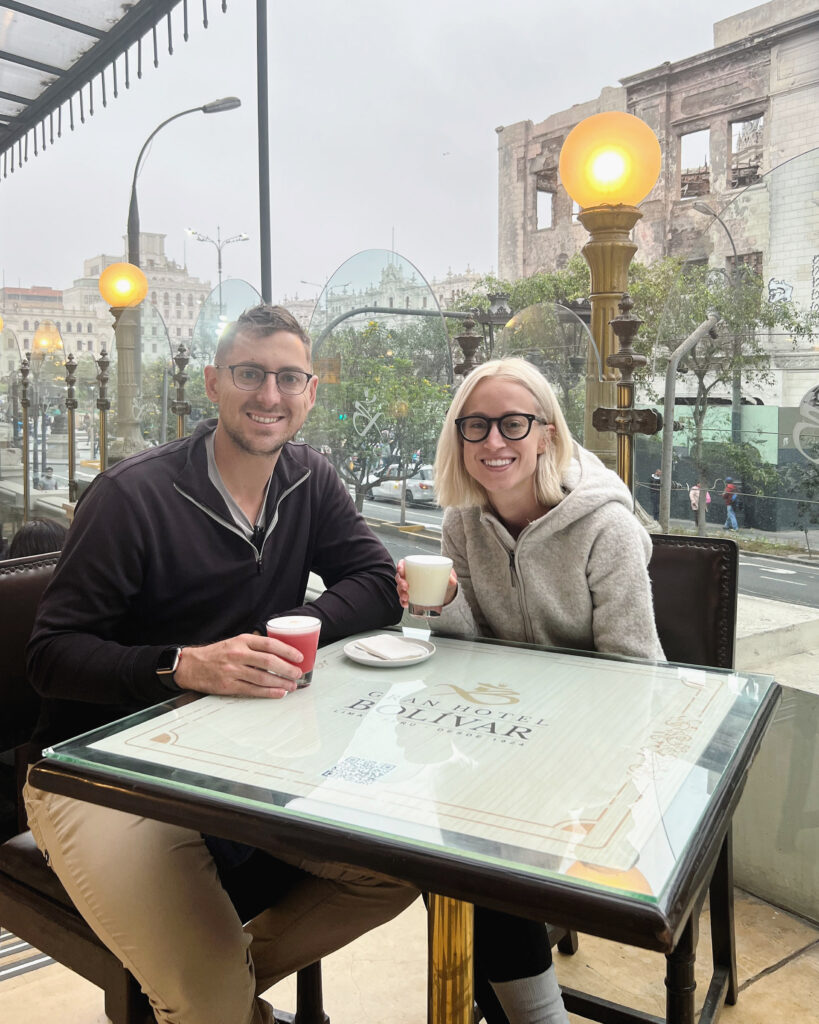

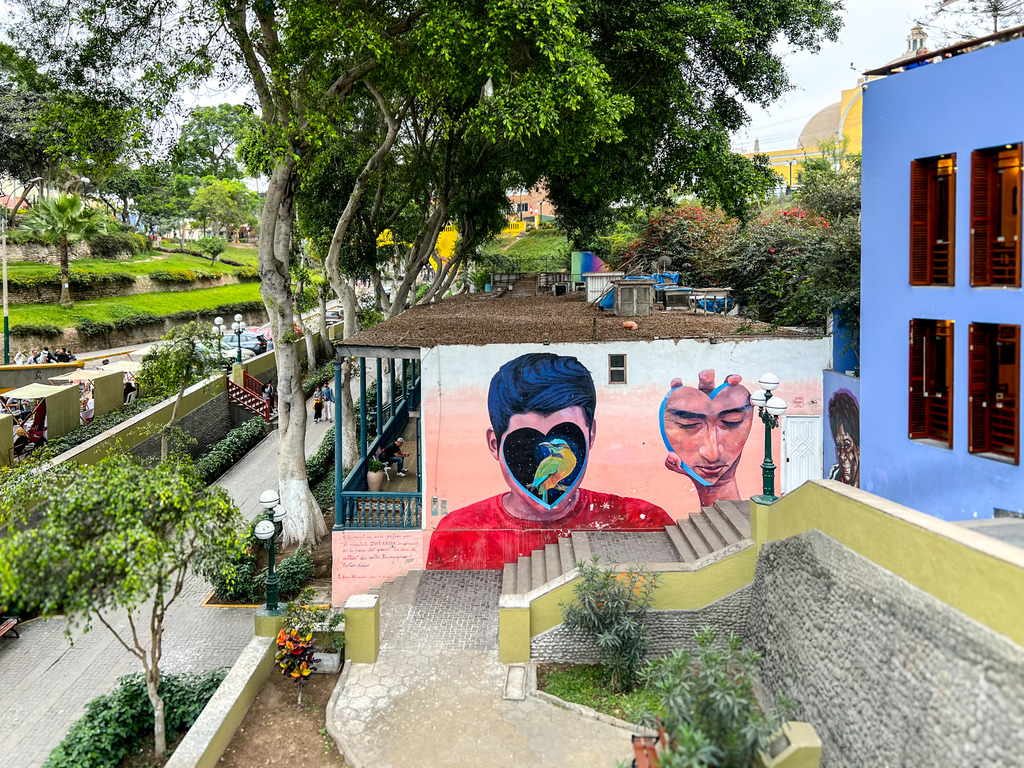








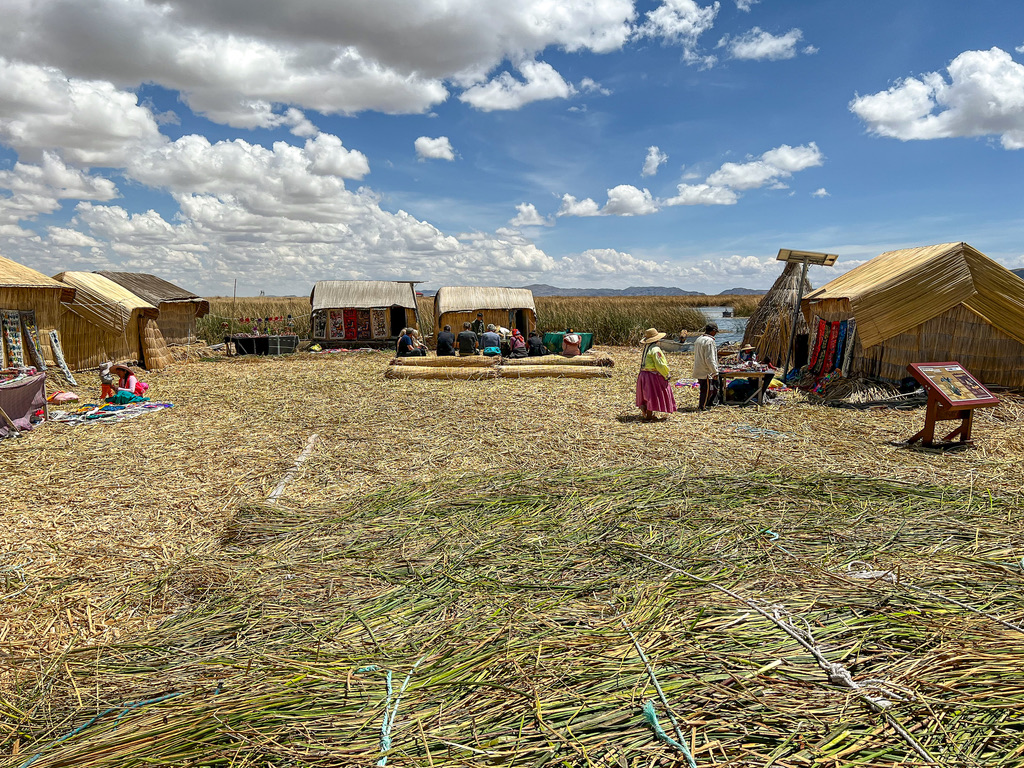


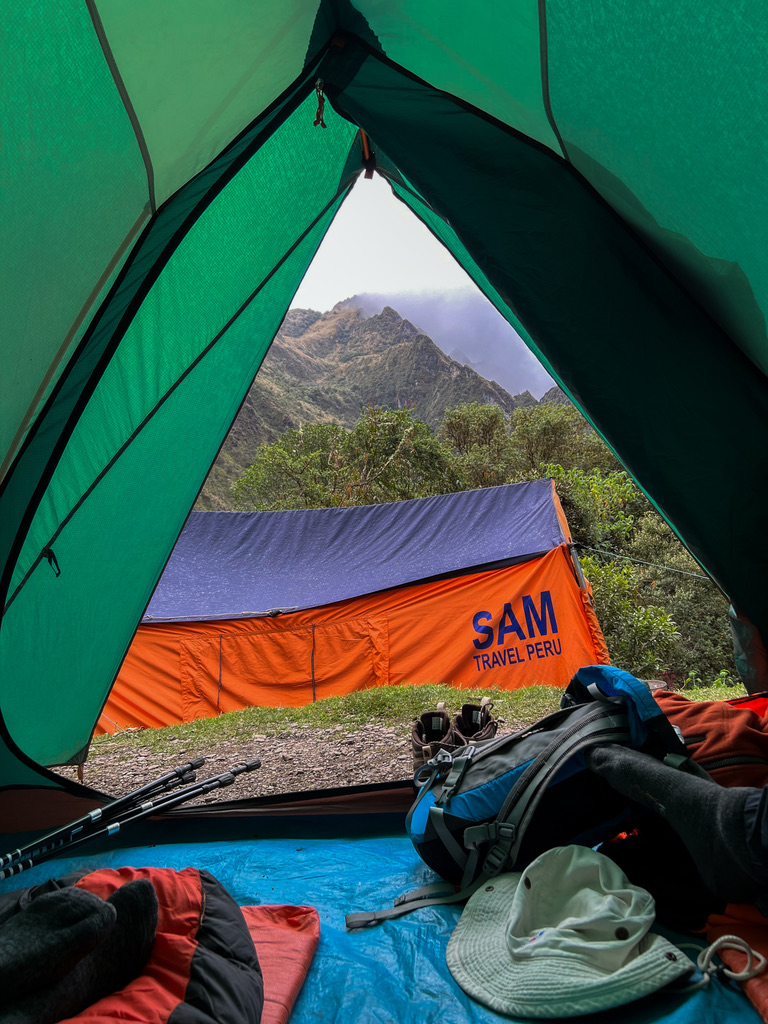


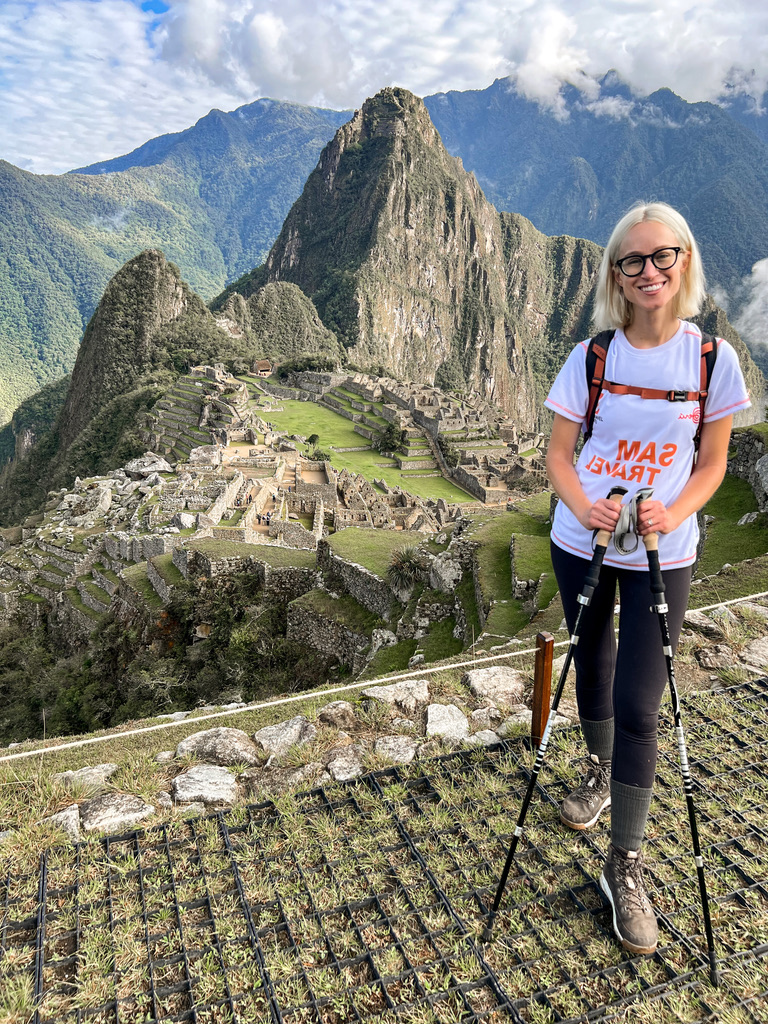

2 thoughts on “First Trip to Peru”
d5rnd4
It sounds like you loved Peru as much as we did, it’s a great country and the Inka trek was such a huge highlight! We were initially put off by lots of reviews saying it’s so hard and so we bought entry tickets to the site only. We had a change of heart one moonlit summer night over a pizza in the garden, and booked the trek, scary as it then sounded! We were officially double booked too, just in case 😉
We also went to the Condor lookout point at Colca but saw no condors whatsoever, haha (I laugh now, it was not amusing at the time lol), although we did see them flying over our heads both during the Colca trek and later again in Chaltén in Argentinian Patagonia, which was incredible.
I wish could have taken the train like you did, though, the views must have been spectacular. We’ll have to come back 🙂
The only thing we did differently to your trip was that we also did a 2-day trek in the Colca Canyon – which was trekking for several hours down to the river, traipsing up and down on its opposite bank, and staying in the Oasis at the foot of the canyon, then climbing out of it, 1300m, the next day before sunrise. I’d probably tell people to skip this trek, though. It wasn’t as rewarding as the Inka trail, more of an endurance check, though we liked the views and the small town of Chivay where we relaxed afterwards.
I love your photo with alpacas, so cute 😉